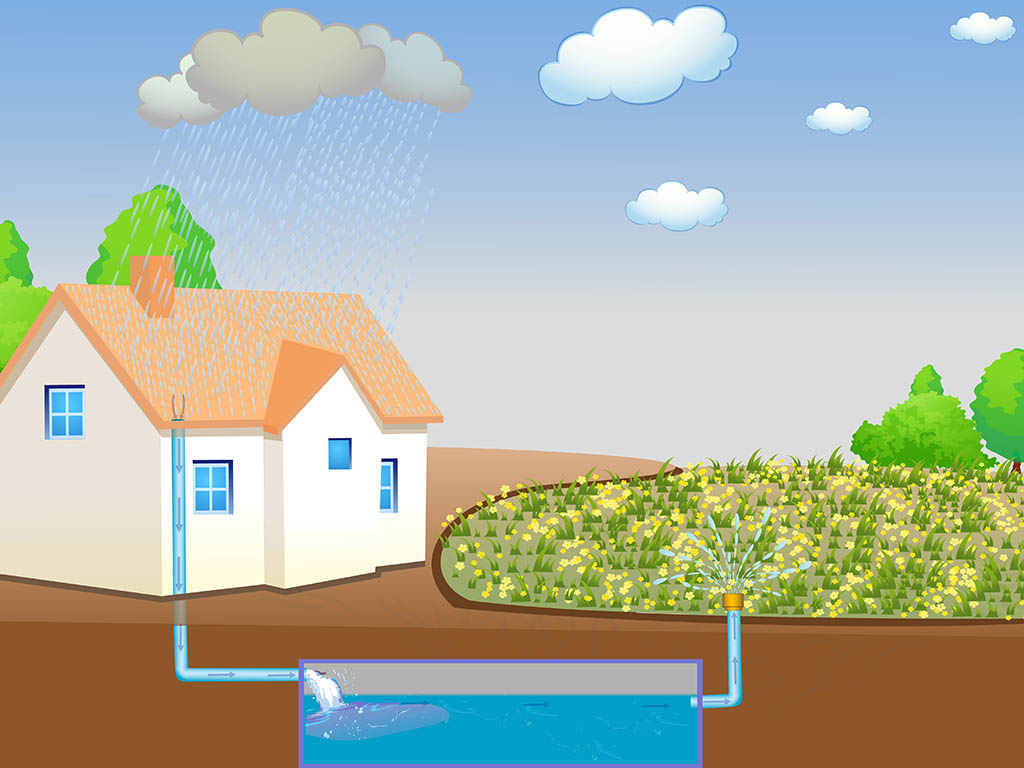Water Harvesting Techniques for Food Forest Irrigation Needs
One of the biggest challenges faced by homesteaders is ensuring that their food forest receives adequate water supply. While rainwater may be abundant during certain seasons, there are periods when rainfall becomes scarce and garden irrigation becomes necessary. In such situations, a reliable source of water can make all the difference in maintaining a thriving food forest.
Fortunately, there are several techniques available for harvesting water on your homestead. Here are some of the most effective methods you can consider:
1. Rainwater Collection Systems
Rainwater collection systems have become increasingly popular among homesteaders due to their simplicity and efficiency. These systems typically involve installing gutters along the roofline of your home or outbuildings and directing the collected rainwater into storage tanks or barrels.
While plastic barrels are commonly used as storage containers, it’s important to ensure that they’re sanitized before use. You can do this by rinsing them with vinegar or bleach and allowing them to air dry.
2. Swales
Swales are another effective technique for capturing rainwater runoff from slopes or hillsides and redirecting it towards your food forest trees and plants. By digging shallow ditches perpendicular to the slope direction, you can slow down water flow and allow it to percolate into the soil rather than running off.
It’s crucial to ensure that swale construction is done correctly so that they don’t cause erosion or flooding downstream.
3. Greywater Recycling
Greywater refers to wastewater generated from non-toilet sources such as sinks, showers, and washing machines. This type of water can be treated using simple filtration methods like sand filters before being reused for irrigation purposes.
However, caution should be taken not to recycle greywater containing harsh chemicals like bleach or detergents as they could harm your plants’ growth.
4. Digging Ponds
Pond construction is another efficient way of harvesting water on your homestead. By digging a pond to collect rainwater, you can create a permanent water source that can be used for irrigation throughout the year.
Pond construction should be done in an area with adequate sunlight and away from any potential contaminants like septic tanks or livestock waste.
5. Wells
If your homestead has access to groundwater, drilling a well is an excellent option for ensuring a reliable source of water for your food forest’s irrigation needs. However, drilling wells can be costly and requires professional expertise.
In conclusion, implementing one or more of these water harvesting techniques on your homestead can significantly improve your food forest’s productivity while reducing the reliance on municipal water supplies during dry spells. With careful planning and execution, you’ll be able to enjoy bountiful harvests all year round while also conserving this precious resource.


Leave a comment